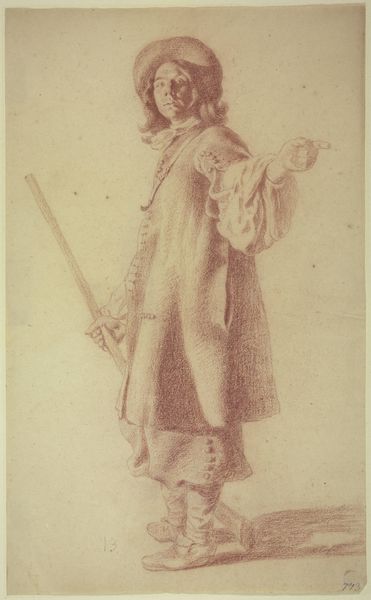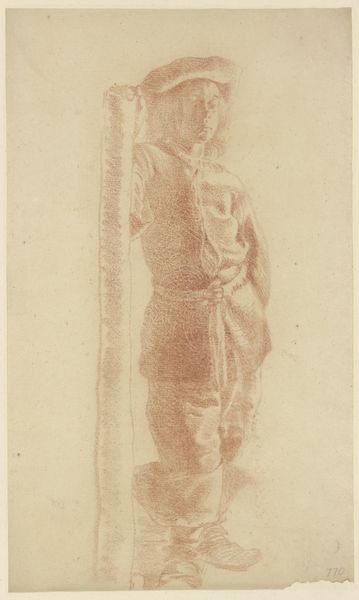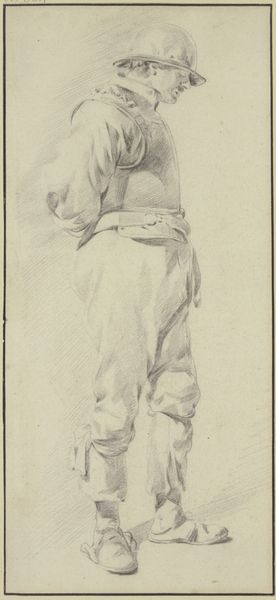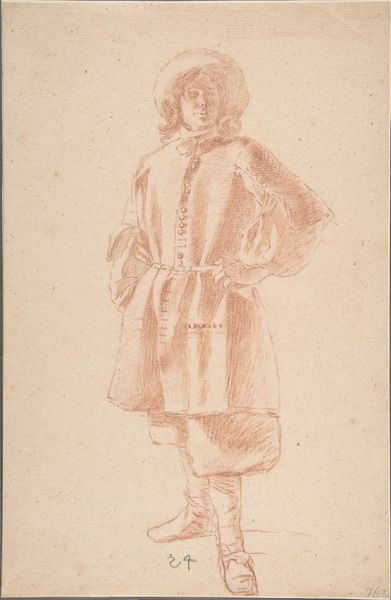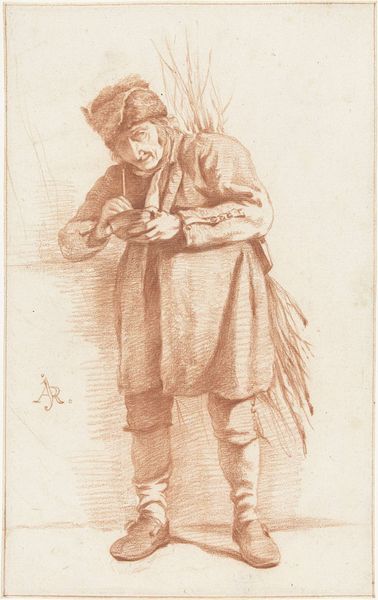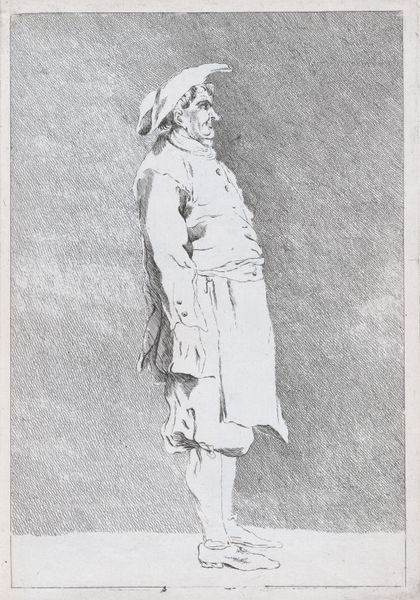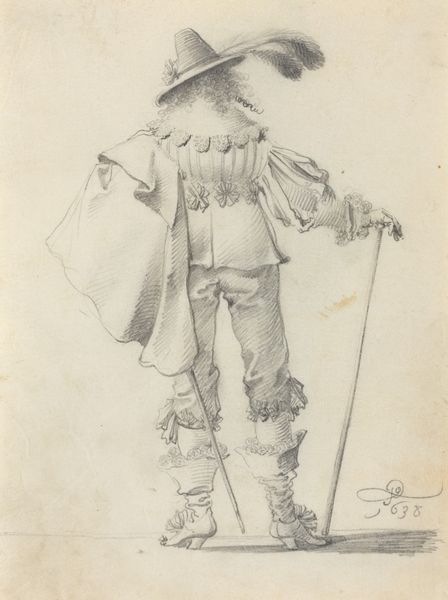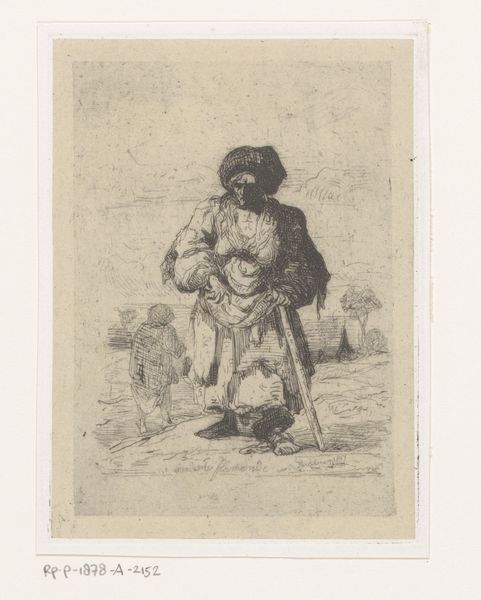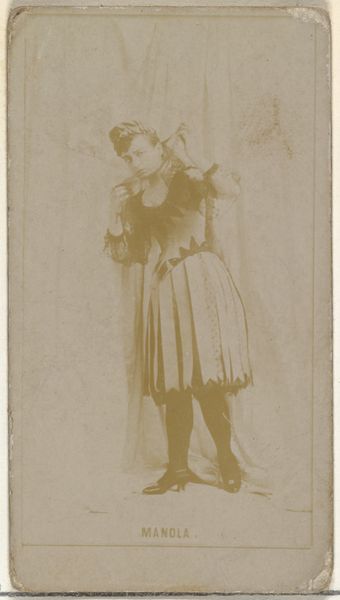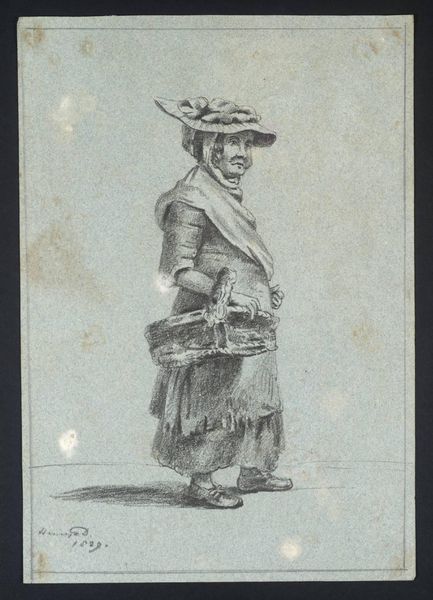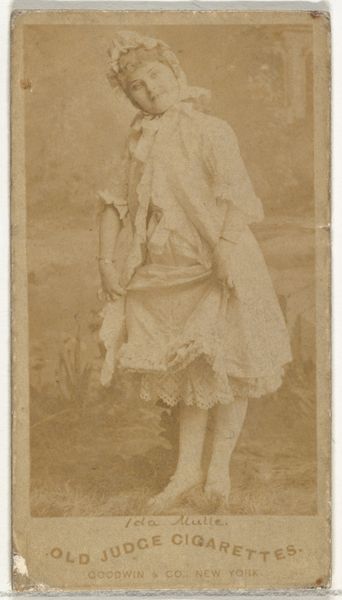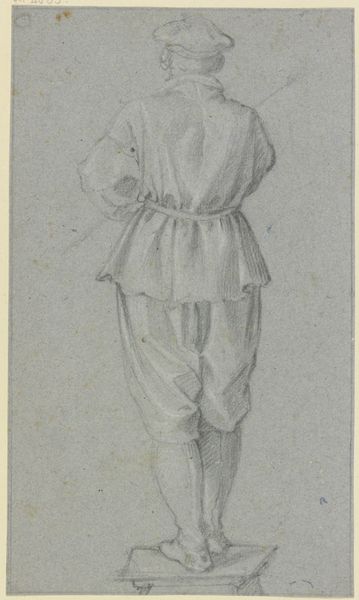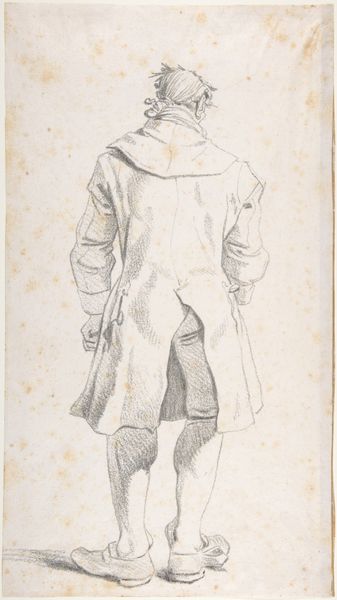
drawing, chalk
#
portrait
#
drawing
#
baroque
#
figuration
#
chalk
#
portrait drawing
Copyright: Public Domain
Moses ter Borch created this red chalk drawing of a young man in what appears to be a marine uniform in the mid-17th century, most likely in the Netherlands. The Dutch Golden Age was a period of immense economic and military expansion. The Dutch East India Company dominated global trade, and military power was essential to maintaining this dominance. Ter Borch’s drawing reflects this militaristic culture. It shows a youth, presumably from an affluent family, wearing a marine uniform. Details such as the soft hat and loosely fitted coat, however, suggest a sense of youthful ease. It’s almost as if the uniform is a costume, blurring the lines between the serious business of military power and the performative aspects of social status. To understand this piece further, one could examine period fashion, the role of the military in Dutch society, and the Ter Borch family's patronage networks. Art history is about placing the work within its web of social relations.
Comments
stadelmuseum about 2 years ago
⋮
Mozes ter Borch came from a family of artists from Zwolle in Holland; the important genre painter Gerard ter Borch the Younger (1617-1681) was his older brother. Even as a child, Mozes received instruction in drawing from his father and his siblings. He died young in battle as a navy soldier during the Second Anglo-Dutch War (1665-1667). Among the not very extensive oeuvre he left behind, a number of haunting figural drawings in red and black chalk stand out. Several of them are preserved in the Collection of Prints and Drawings at the Städel Museum. Many of the surviving sheets in this group bear old numbering, which indicates that they originally formed a collection or sketchbook.Seen from a low perspective, which lends him a certain monumentality, the standing figure of a young man is depicted slightly from one side. He has turned his head and his thoughtful gaze to look past the viewer in the direction of the incident light. The artist has so strongly emphasised this light with a soft and meticulously modelled use of the chalk that the impression created is one of nocturnal artificial lighting. The importance attached to the light is underscored by a drawing style which fades out on the side that is turned away from the viewer. Here, the figure seems not only to dissolve into the shadows, but almost to disappear.The young men in this group of drawings, who appear to be marines or sailors, are clearly drawn "from life". It is nonetheless possible that Mozes ter Borch first made a rough sketch of this 'Standing Youth' and then executed the meticulously designed work later in his studio. Only one of the sheets in this group of drawings (in the Baltimore Museum of Art) bears a date: January 1660. When compared with the other sheets, however, its treatment of light still looks somewhat clumsy, and this suggests that the other sheets were probably produced some time later. Ter Borch's impressive figure studies, which may have been practice or presentation sheets, combine in a manner characteristic of Dutch art a feeling for tangible reality and a contemplative, poetic mood.
Join the conversation
Join millions of artists and users on Artera today and experience the ultimate creative platform.
